What Materials Are Used in Solar Panels | + how they work
With climate change and global warming becoming more and more important with each passing year, the need for alternative, eco-friendly home energy sources is at an all-time high.
Solar panels such as Sunrun or Tesla have been around for a number of years now and have helped homes and businesses reduce their energy bills and be better for the environment by using the sun’s natural light to generate electricity.
However, have you ever wondered what these solar panels are made from? Silicon solar cells are the key element that transforms sunlight into energy, but there are many more!
How do Solar Panels work?
Simply put, solar panels are typically installed on the roof of a house or a building where there nothing can impede the rays of the sun from reaching the panel.
Being directly exposed to sunlight, the panel collects and converts the rays into energy which is then used to generate electricity and power your home. Similar to wind and water-powered energy, this is an all-natural process which helps reduce our dependence on energy options which are harmful to the environment.
What materials are used to create a solar panel?
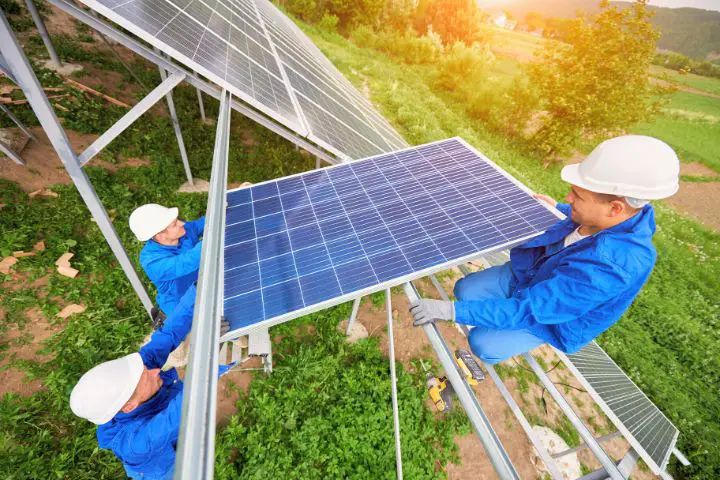
As solar energy is a continuously evolving industry, the materials used to create the panels are also changing with the times. Generally speaking, there are 5 key components used to create today’s solar panels. These include;
- Silicon solar cells – the most important element, these cells are what turn sunlight into usable energy.
- Metal/Aluminium frame – used as a protective border and most effective in being weather resistant.
- 12 Volt wire – this wire is used to moderate the energy which flows into the inverter. It is key in making the solar panel an efficient and sustainable electricity provider.
- Bus wire – these are used to join the silicon solar cells.
- Glass sheet – the dark panel you identify as a solar panel is actually a thin glass sheet which is under 10 millimetres thick. It is vital in making the technology efficient as it protects the silicon solar cells. It also helps to reduce the humidity within the panel and the heat dissipation which assists greatly in maintaining the panels effectiveness and energy output levels.
Making a solar panel
In order to make a solar panel you must first make solar cells. These are fundamental to solar panels and without these cells you cannot have a working panel. There are two types of solar cells; monocrystalline and polycrystalline.
Monocrystallines are made of single silicon crystals and are known to be highly productive and efficient, however, they will also set you back a pretty penny.
Polycrystalline on the other hand are made up of a number of silicone crystals which have been melted and fused together. Though these can be less efficient, they are also more cost effective.
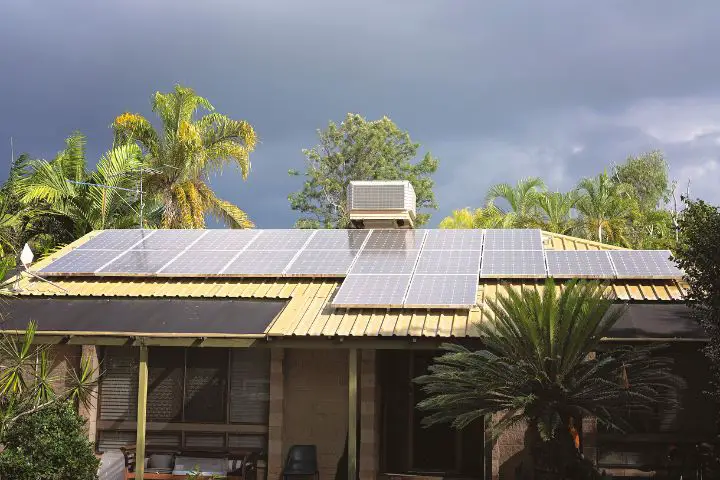
Once you have chosen what type of silicone crystals are most suitable for your needs, and have created the solar cells, there are a further six steps you need to follow to make a solar panel.
- Create the panel by soldering the solar cells together
- Once you have your solar cells ready you must then create the framework for your panel using durable plastic, a backsheet is installed to protect the solar cells
- A thin sheet of glass on top to help distribute the sunshine evenly into the cells. The glass and the backsheet are held together using a special glue known as ethylene vinyl acetate (EVA) which is an adhesive which is not compromised by direct sunlight or heat.
- The backsheet and glass are then all kept together within a metal frame which gets attached to the top of your roof.
- It is vital to install a junction box which serves a dual purpose. Not only does the box protect the wiring of the panel from any damage, most importantly, it also prevents the electrical flow from reversing direction. When solar panels are not producing energy from the sun, they can consume your home electricity. The junction box has a very important function of stopping any reverse eclectic flow, as without it, it would defeat the whole purpose of having a solar panel.
- Finally, before the solar panels are good to use, they must be quality tested. Before being put on the open market, all panels must meet Standard Test Conditions. They are tested under conditions which are considered to be standard, with an air mass of 1.5 grams, 25-degree celsius temperatures in the solar cells and 1000 watts per metre squared. If the panel stands up to the test, it’s ready to help you be more eco-friendly and save on your energy bills.
Creating a solar panel is no easy job. It requires technical knowledge and skill, a good grasp of science, time, investment, machinery, staff and all of the necessary materials. The idea of using the sun’s natural energy to generate electricity to power your home is a great one, however before taking the plunge, you have to weigh up the pros and potential cons of solar panels.
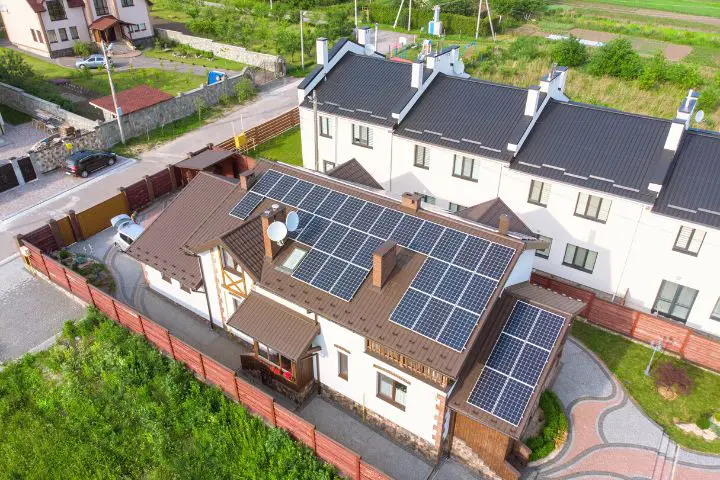
Advantages of solar panels
- The obvious and most enticing advantage is that it helps you save money. With inflation on the rise, a solar panel can help you make your bills a lot more manageable. In some countries, if your solar panels generate more electricity than you use, you can actually sell the surplus energy to the power companies and not only save money, but also make money!
- Another attractive point of installing solar panels is how beneficial it is for the environment. Fossil fuels such as oil, coal and natural gases have had a very detrimental impact on the planet over a sustained period of time and we have seen those effects through global warming. Generating electricity through solar panels is a much more sustainable model and much less harmful to the planet.
- Once you have installed your solar panels, there’s nothing more left to do. Maintaining them requires minimal effort. Cleaning from time to time is recommended and replacing the inverter between 5 and 10 years is just about all that needs to be done. What helps is that solar panel companies give a massive 20 to 25 year warranty on their products, so you don’t have to worry about things going wrong because in the worst-case scenario, they’ll be replaced free of charge.
With all of this in mind, it seems like a no-brainer to install solar panels, however, like with everything, there are a few drawbacks too.
Disadvantages of solar panels
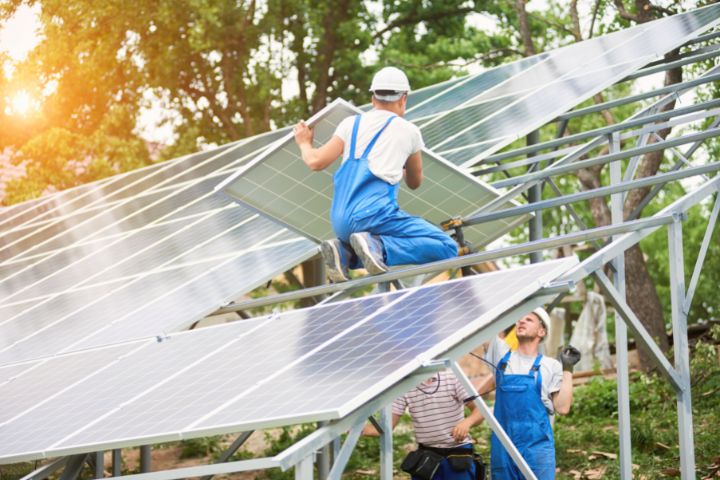
- Setting up solar panels is expensive. There is no getting around that. The absolute lowest a solar panel would cost you is $3,500, however you get what you pay for and this is not recommended. Solar panels on the top end of the scale can go as high as $35,000! The average is said to be in the region of $16,000. These are some serious figures and you have to spend a significant amount of money in order to save some in the long run. Unfortunately, not everyone has the luxury of being able to spend that much on a long-term investment.
- The productivity of a solar panel is highly dependent on the weather. Even if you live in a sunny location, the panel is producing at its peak during the few hours when the sun is at its strongest. On days when it is cloudy, rainy, snowy etc. there is a significant difference in the solar energy output.
- One thing we often don’t take into account is how big solar panels are! They are quite large and require a lot of space. Oftentimes an entire roof is not enough to accommodate the number of solar panels you need to generate the electricity needed to power your home.
It is important to take all of these things into account when deciding whether to go down the solar panel route or not.
FAQ’s
How much money can solar panels actually save you?
Yes, solar panels cost a lot to purchase and install, however they can be seen as a long-term investment. Over the period of a solar panels lifespan, it is said that they can save a house anywhere between $10,000 and $30,000.
Annually speaking, solar panels could save you over a thousand dollars on your electricity bills so it is very much a long-term game as it can take over 8 years, depending on how much it cost you, for the technology to pay off its costs.
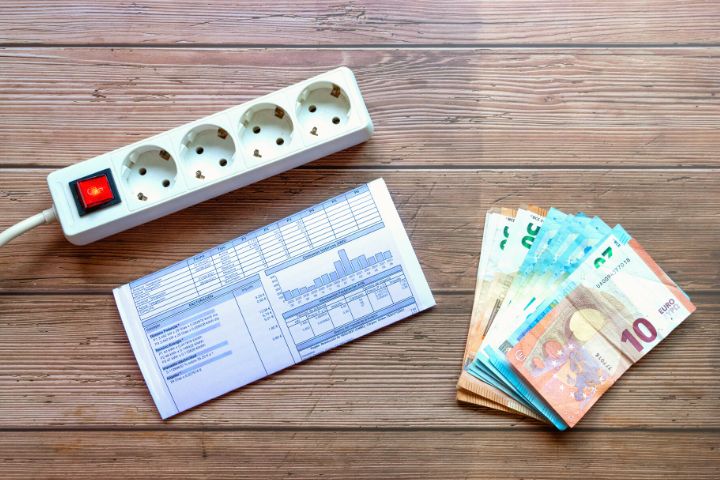
How good are solar panels for the environment?
Yes, the energy produced from solar panels is better for the environment as they use a natural source of energy, reduce greenhouse emissions and reduce our dependence on fossil fuels but is there a way of knowing exactly how much carbon dioxide is reduced due to solar panels?
The Environmental Protection Agency has come up with a formula to help you figure out how your actions are reducing carbon emissions. Though it’s quite technical, the general formula is 7.44 × 10-4 metric tons CO2 / kWh of energy produced. A little tricky at first, but great in helping you understand exactly what your impact is!






